No more cables running across the floor — you can now use your power sockets
More stable than wireless, tidier than traditional wires
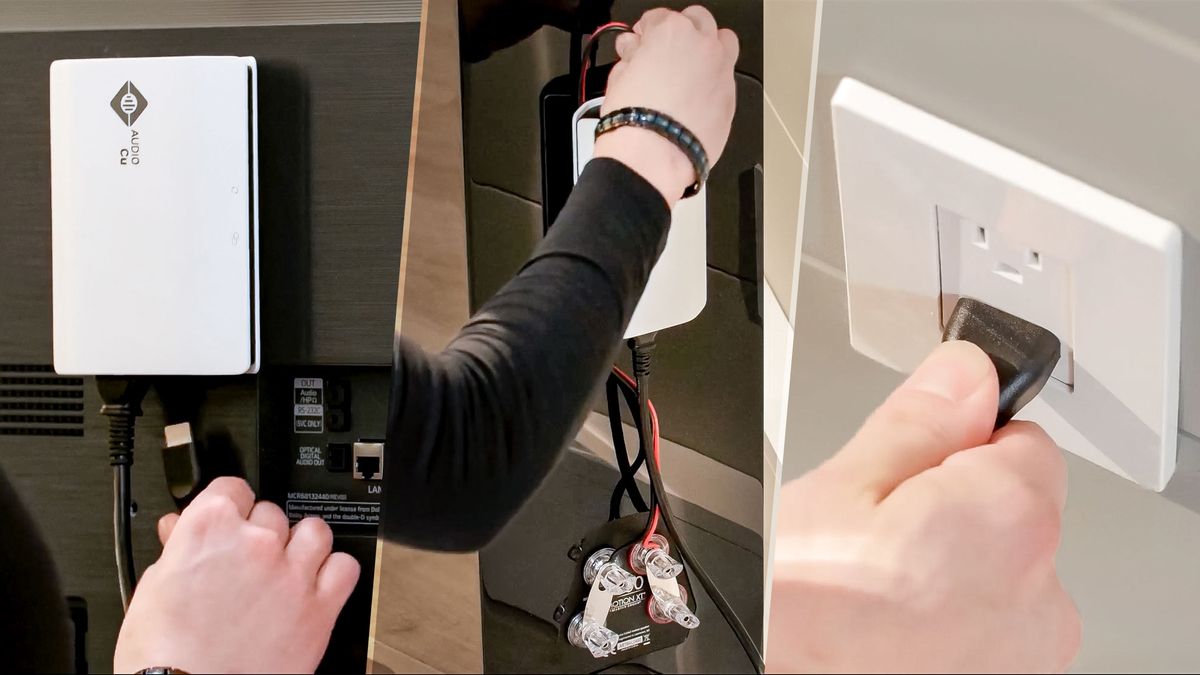
Ask anyone who's run speaker wires throughout a house for multi-room audio and they're likely to tell you it's a thankless job that not only requires ingenuity and muscle but putting up with a lot of dust. It may become a thing of the past with Fasetto's Audio Cu which can send high-quality audio to speakers over a home's AC power cables.
Hear Me
Like PowerLine products that route networking data over a home's electrical cabling, Audio CU makes a virtue of something that's already in place: a home's electrical cables. The audio system takes a big step forward with proprietary silicon that the company says is interference-free and has a practically unlimited range within a building. There are different units for sending the output from a TV or audio equipment (in black, below) and units for receiving the audio stream for speakers (in white, below). All you do is plug the former into the source and a 110-volt AC outlet and the latter into an AC outlet and wire up the speakers.
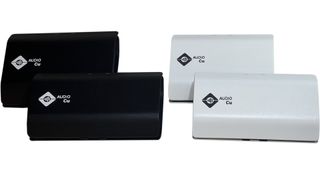
More dependable than wireless audio that rely on Wi-Fi or Bluetooth transmissions, Audio Cu's system can drive up to 10 units at once for a total of 32 speakers at a time. Designed to fill multiple rooms in a home, each unit can handle up to 32 watts of audio power at 8 ohms through its class D amplifier. Certified for Dolby TruHD, Digital and Atmos audio standards, the Audio Cu pumps out high-fidelity sound and supports 24-bit audio streams at a sampling rate of 192KHz.
The Audio Cu app is the best part. It can be installed on an Android phone or tablet as well as an iPhone or iPad to not only remotely adjust the volume and speaker balance but also take account of the positioning of the speakers in a room. Its audio presets and nine-band graphic equalizer allow fine-tuning of the tunes throughout the house.
Look (and listen) for it in the coming months.
More from Tom's Guide
- Best of CES 2025: The top 25 new gadgets
- Nintendo Switch 2 dummy units are being shown off at CES 2025 — what is happening?
- These AI earbuds from CES sound interesting but I'm not totally convinced — here's why
Sign up to get the BEST of Tom's Guide direct to your inbox.
Get instant access to breaking news, the hottest reviews, great deals and helpful tips.
Brian Nadel is a freelance writer and editor who specializes in technology reporting and reviewing. He works out of the suburban New York City area and has covered topics from nuclear power plants and Wi-Fi routers to cars and tablets. The former editor-in-chief of Mobile Computing and Communications, Nadel is the recipient of the TransPacific Writing Award.
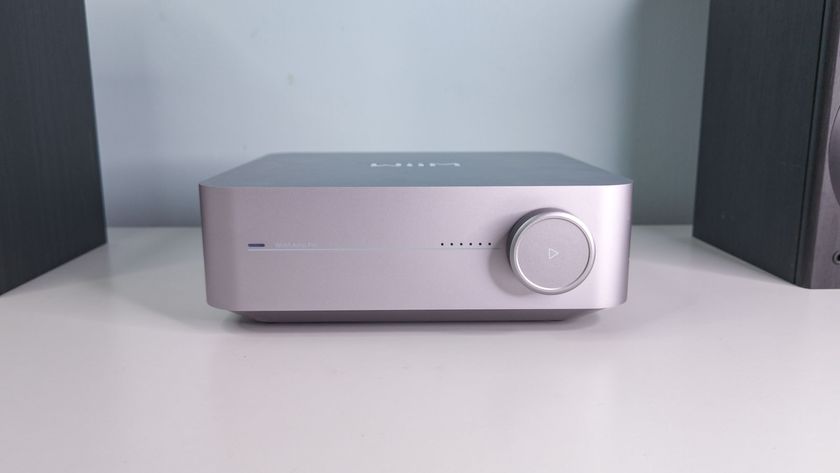

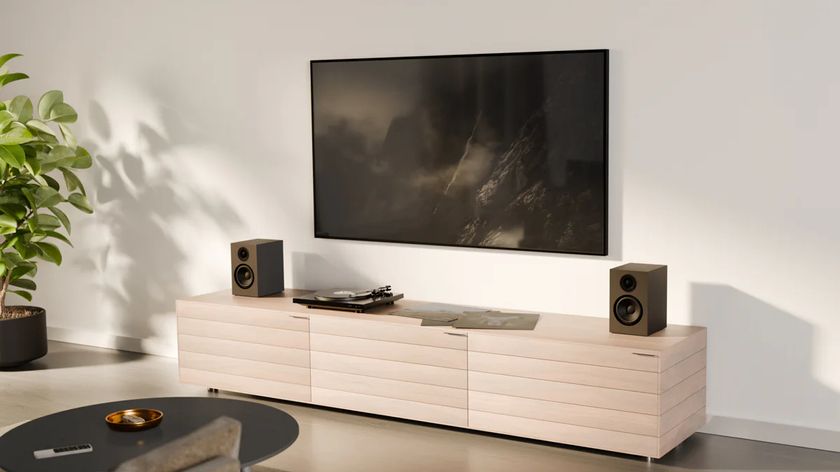
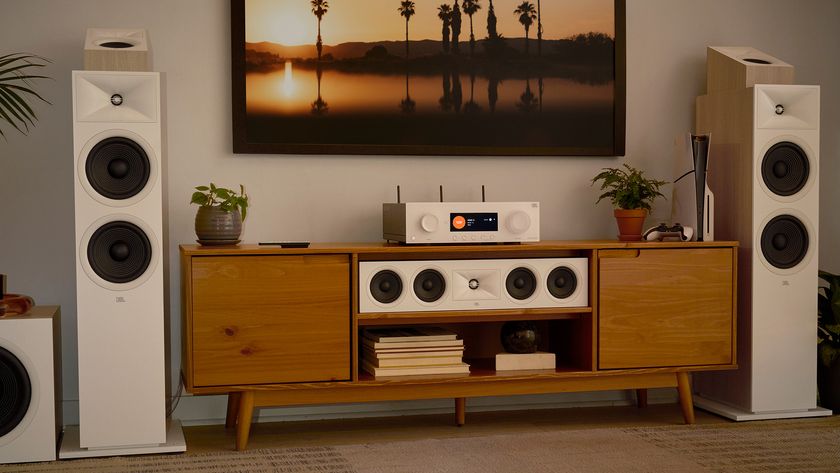





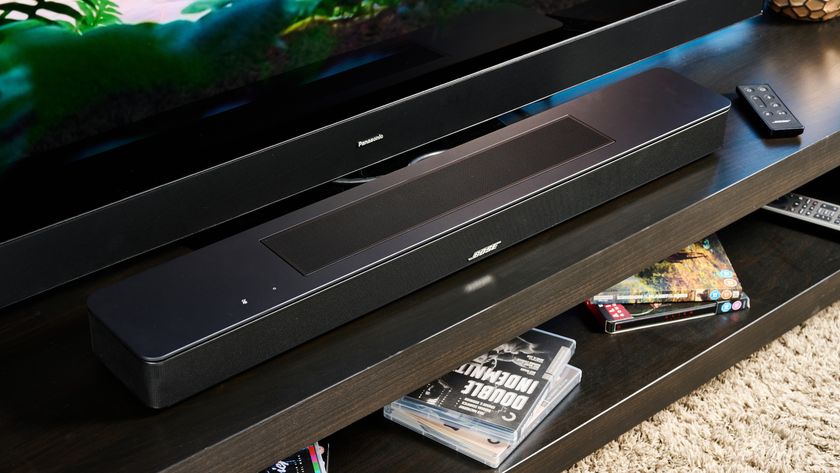
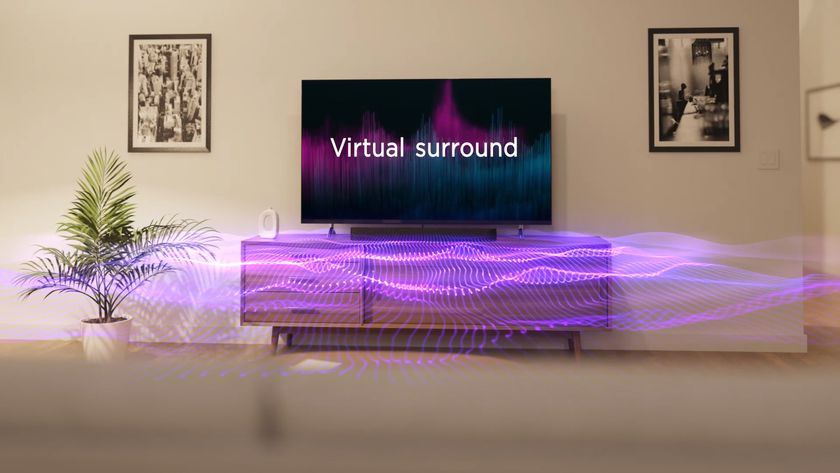







-
gregs711 This is hysterical! This is presented as new cutting edge tech, but it's been around since the 1960s. In 1973-77 my college radio station broadcast using Low Power transmitters in each building on campus, I believe 10 watts each, which delivered the broadcast signal through the power sockets. Just like this article. We constantly struggling with the FCC over the strength of our signal because the buildings formed a circle. A big one. Our little 10 watt transmitters in 25 buildings that were running through each building's "captive" electrical system could be picked up in car and transistor radios up to 200 miles away! Oh, my!Reply






